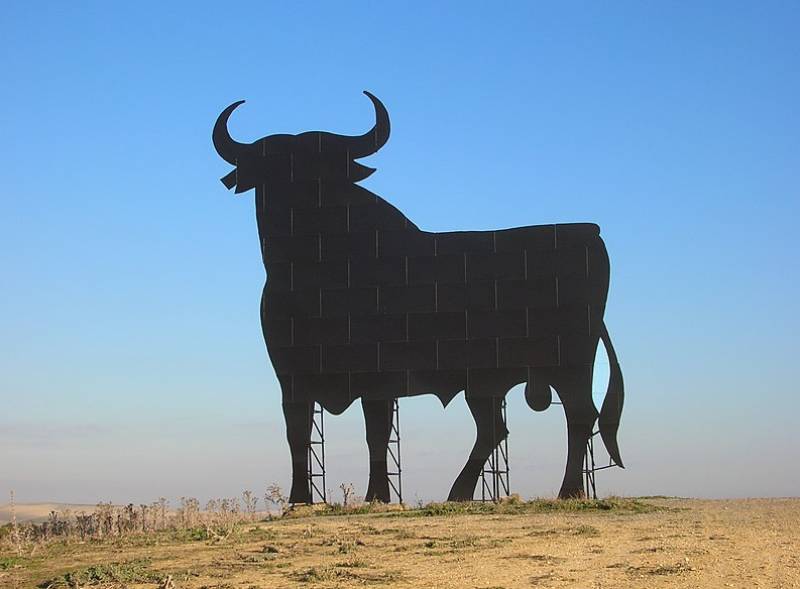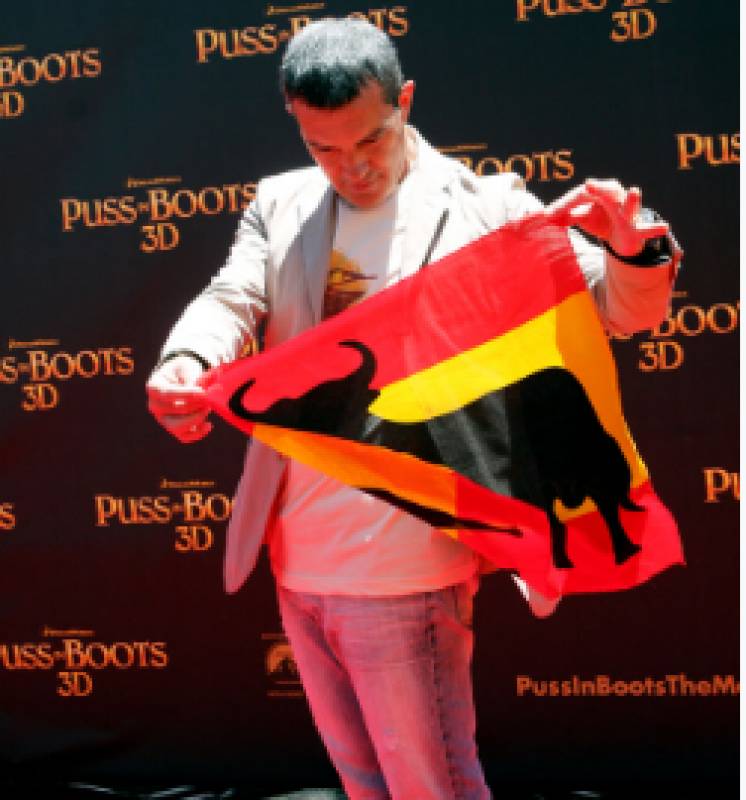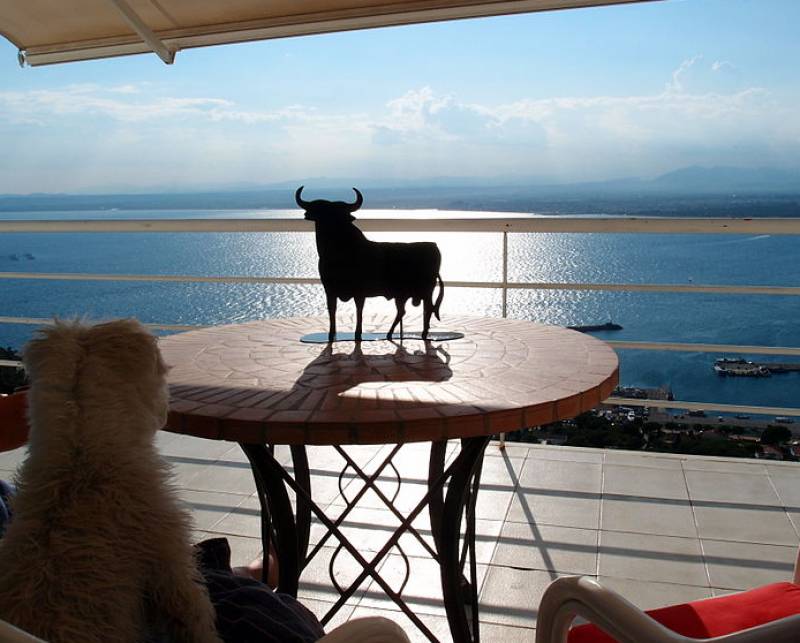

Guidelines for submitting articles to San Javier Today
Hello, and thank you for choosing sanjavier.today to publicise your organisation’s info or event.
San Javier Today is a website set up by Murcia Today specifically for residents of the urbanisation in Southwest Murcia, providing news and information on what’s happening in the local area, which is the largest English-speaking expat area in the Region of Murcia.
When submitting text to be included on San Javier Today, please abide by the following guidelines so we can upload your article as swiftly as possible:
Send an email to editor@spaintodayonline.com or contact@murciatoday.com
Attach the information in a Word Document or Google Doc
Include all relevant points, including:
Who is the organisation running the event?
Where is it happening?
When?
How much does it cost?
Is it necessary to book beforehand, or can people just show up on the day?
…but try not to exceed 300 words
Also attach a photo to illustrate your article, no more than 100kb

What is that Spanish black bull road sign? The little-known story of the Osborne bulls
The enormous bull silhouettes can be found along roadsides all across Spain

 The bull first came under threat in the 1960s, when the government insisted that none of the increasingly popular silhouettes could be within 150 metres of the road. It’s around this time that they were changed to metal to better withstand the weather, and gained their colossal size.
The bull first came under threat in the 1960s, when the government insisted that none of the increasingly popular silhouettes could be within 150 metres of the road. It’s around this time that they were changed to metal to better withstand the weather, and gained their colossal size.










